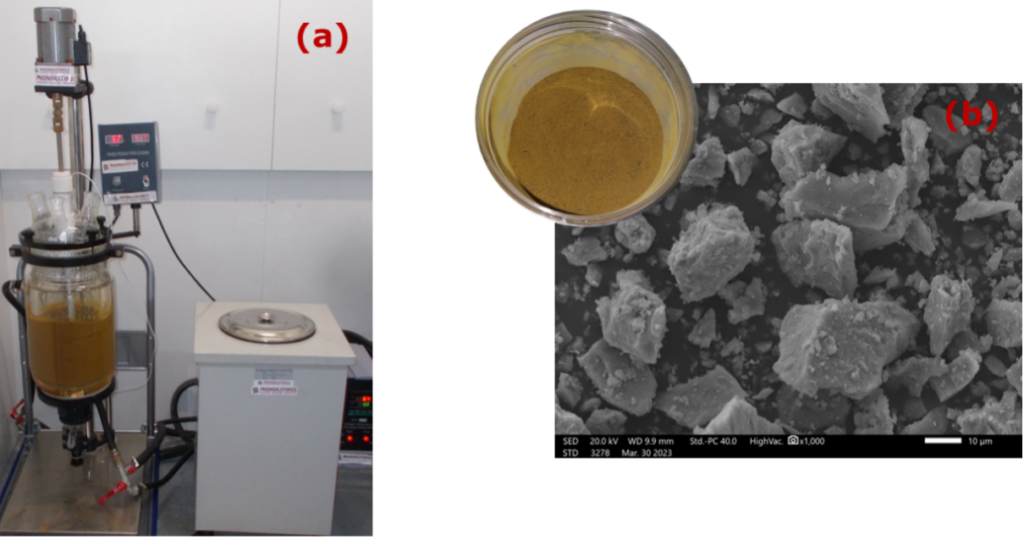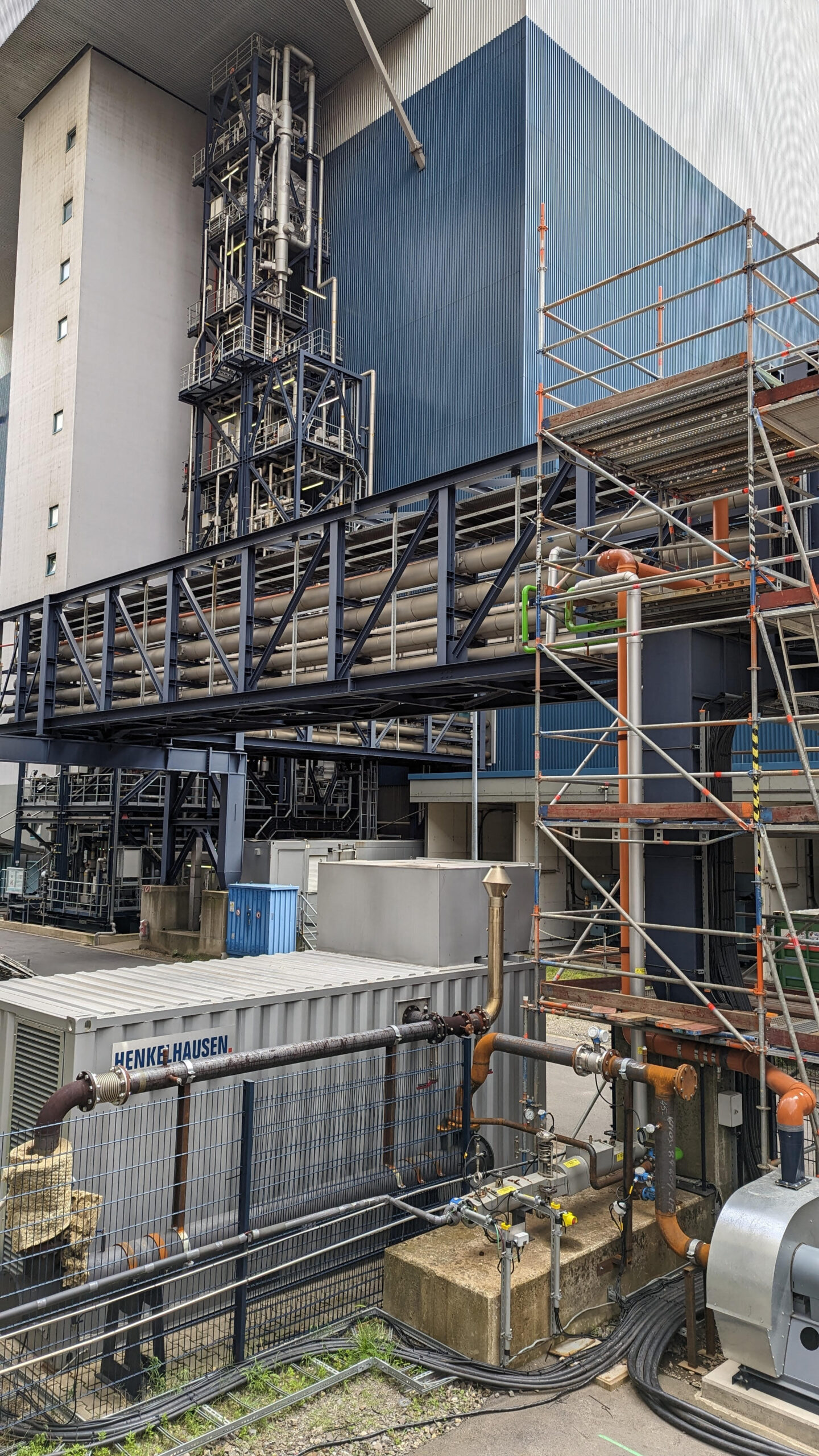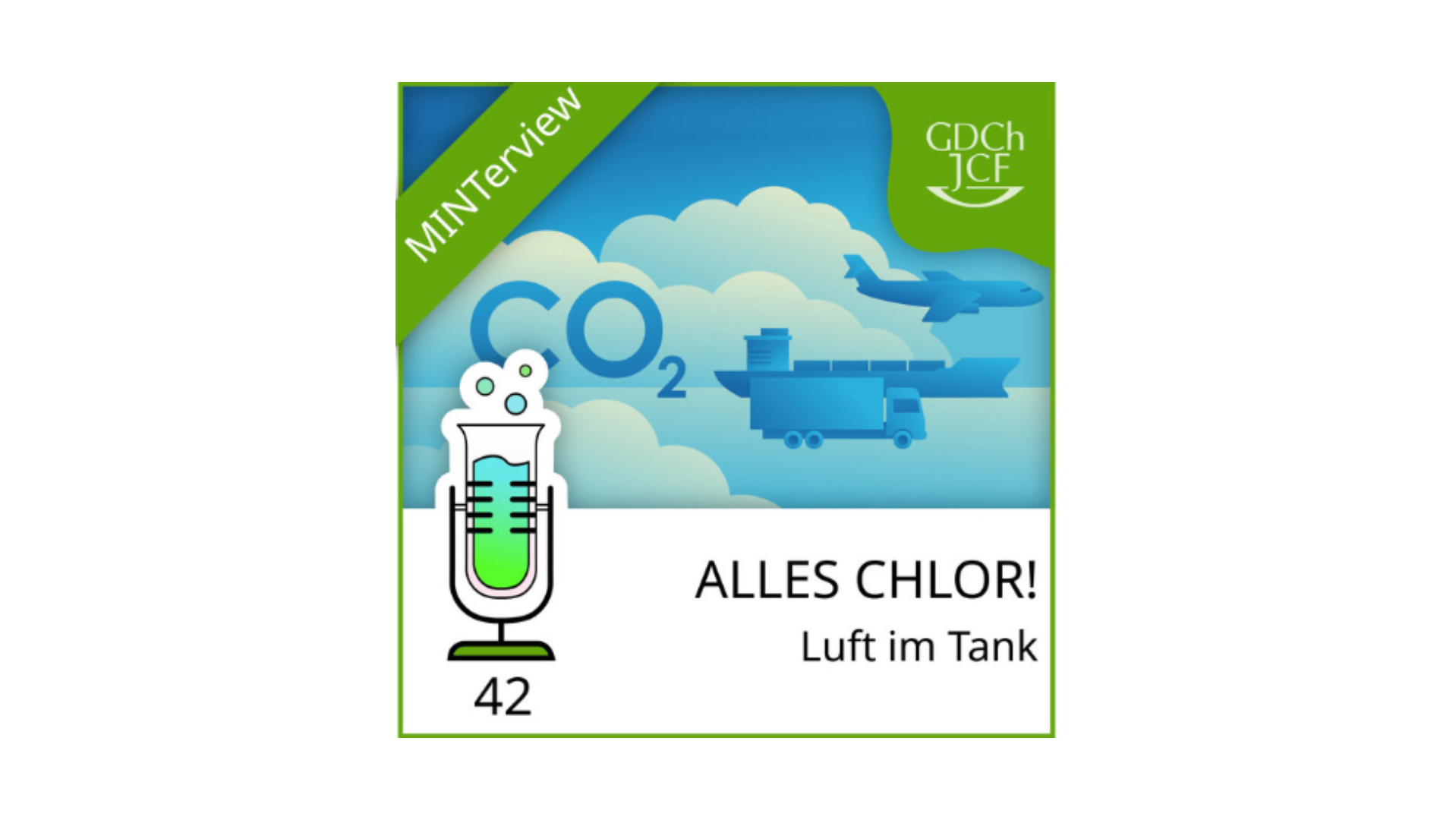MONOLITHOS Catalysts & Recycling Ltd. is an independent SME, operating according to EU standards and has a twenty-year experience in the manufacturing, regenerating, and recycling of catalytic converters. MONOLITHOS as an industrial partner directly involved in the upscaling technologies of ECO2Fuel project.
More specifically, MONOLITHOS is responsible for the development, upscaling and suppling highly efficient and durable electrocatalysts in the appropriate quantities for the pilot plant and the final demonstrator. Electrocatalysts are one of the most critical components of electrolysis system and are located on the electrodes to enhance the reactions taking place. Non-critical metals (e.g., Nickel, Iron, Copper) are used and environmentally friendly synthetic methods are followed to develop electrocatalysts with high selectivity towards liquid fuels. Nickel (Ni) has been proposed to be the most efficient electrocatalyst catalyst towards OER (Oxygen Evolution Reaction) based on bond strength of the reaction intermediates. Incorporation of other transition metals into Ni oxides structures can enhance further the activity of the catalyst. A highly efficient NiFe-based electrocatalyst that can provide the activity, stability and performance requirements of the project has been developed. Regarding cathodic electrocatalyst development, there is a global challenging to develop highly efficient and stable electrocatalysts for the CO2RR (CO2 Reduction Reaction) toward selective production of alcohols using renewable energy. Cuprous oxide (Cu2O) can reduce CO2 to hydrocarbons and alcohols with high efficiency. Within the project, wet chemical precipitation methods have been developed and optimized to synthetize in-house a replica of the commercial cuprite powder at the semi-pilot scale. According to preliminary results, synthesized materials show promising results for electrochemical reduction of CO2 to alcohols, essential to ensure the project’s success.
Upon lab scale optimization, the production of the anodic and cathodic catalysts will take place in large-scale reactors in MONOLITHOS premises. Special attention will be addressed to synthesis conditions for preparing electrocatalysts with high electrochemical activity and stability. Large scale production and optimization of the experimental procedure of NiFe-based electrocatalyst are already performed by MONOLITHOS to minimise wastes and energy consumption and to develop a method for the synthesis at the semi-pilot and pilot scale (Figure 1).

Figure 1. (a) Large scale synthesis of NiFe-based electrocatalyst in MONOLITHOS premises, (b) SEM image of the developed NiFe-based electrocatalyst.
Furthermore, recyclability of the EoL (End-of-Life) MEAs (Membrane Electron Assemblies) will be studied by MONOLITHOS to promote sustainability and circularity. Considering the existing knowledge on materials recovery strategies, MONOLITHOS is leading the development of an innovative hydrometallurgical leaching process for recycling of non-CRMs (non-Critical Raw Metals) from electrocatalysts. The main steps that are followed during the recycling process are reported below:
- Electrodes are peeled off from the membrane (manual separation)
- Electrodes are treated using an organic solvent/water mixture under ultrasonication at room temperature to facilitate the detachment and collection of the electrocatalyst from the substate (Ni felt, carbon cloth)
- MONOLITHOS hydrometallurgical leaching method is followed to extract non-CRMs from the collected electrocatalyst powder
High leaching efficiencies (>90%) have been already achieved for Ni and Cu following MONOLITHOS patented (EL245-0004386313 , EP22204905.8) hydrometallurgical leaching method. With that MONOLITHOS succeeds to overcome the low recovery yields, negative environmental impact, and high operational cost of the classical pyrometallurgy and hydrometallurgy methods. The fast, low-cost, versatile, and eco-friendly hydrometallurgical process of MONOLITHOS allows high recovery rates under mild experimental conditions (3M HCl, 1% v/v H2O2, 4.5M NaCl, 70oC, 3 h) and high solid/liquid ratio (70%). In addition, following the above recycling process MONOLITHOS succeeds to retain the membrane (seems to remain intact, Figure 2).

Figure 2. Manual separation of different components co-exist in an EoL MEA.
During the next period, different experimental parameters during leaching process will be optimized to develop a fast, versatile and environmentally sustainable hydrometallurgical leaching process with the highest recovery yields of non-CRMs from EoL MEAs of ECO2Fuel electrolyzer.
As part of the ECO2Fuel project, MONOLITHOS is also involved in the synthesis of a catalytic converter that is active for the abatement of pollutant emissions of a EURO 6 production vehicle fueled with the ECO2Fuel blend. The produced synthetic fuels of the ECO2Fuel electrolyzer will be assessed regarding their end-use and engine compliance. The effect of alcohol presence in the fuel will be validated by MONONLITHOS using MONOLITHOS’ patented catalyst PROMETHEUS (Eur. Patent 19386014.5) in comparison to an OEM EURO V/VI catalyst. PROMETHEUS catalyst is a novel low-cost automotive catalyst, characterized by the reduction of PGMs in catalytic converters by up to 67% compared to the commercial state-of-the art catalysts, by the partial substitution of PGMs with Cu nanoparticles, while maintaining the same catalytic performance and durability (Figure 3). The catalyst incorporates Cu/Pd/Rh particles at selected molar ratios. Its high catalytic efficiency and durability comes from the fact that transition metal nanoparticles, such as Cu particles, do not agglomerate during their deposition on the monolith and during the chemical reactions. As a result, the catalytically active area of the particles is maximized, which in turn increases the overall conversion efficiency.


Figure 3: PROMETHEUS utilized Cu nanoparticles to substitute PGMs (Source: https://prometheus-catalysts.eu/)
The initial assessment of catalytic performance will be performed in MON’s specially designed Synthetic Gas Bench equipped with a gas analyser, while the Diesel Particulate Filter’s efficiency will be tested using a catalyzed (with PROMETHEUS coating) and a non-catalyzed DPF, using an opacimeter.
The next stage will include the cooperation of MONOLITHOS with CRF in order to define the necessary geometrical adjustments needed to fit the after-treatment components of a vehicle to better treat the emissions produced by the engine fueled with the ECO2Fuel blend.






